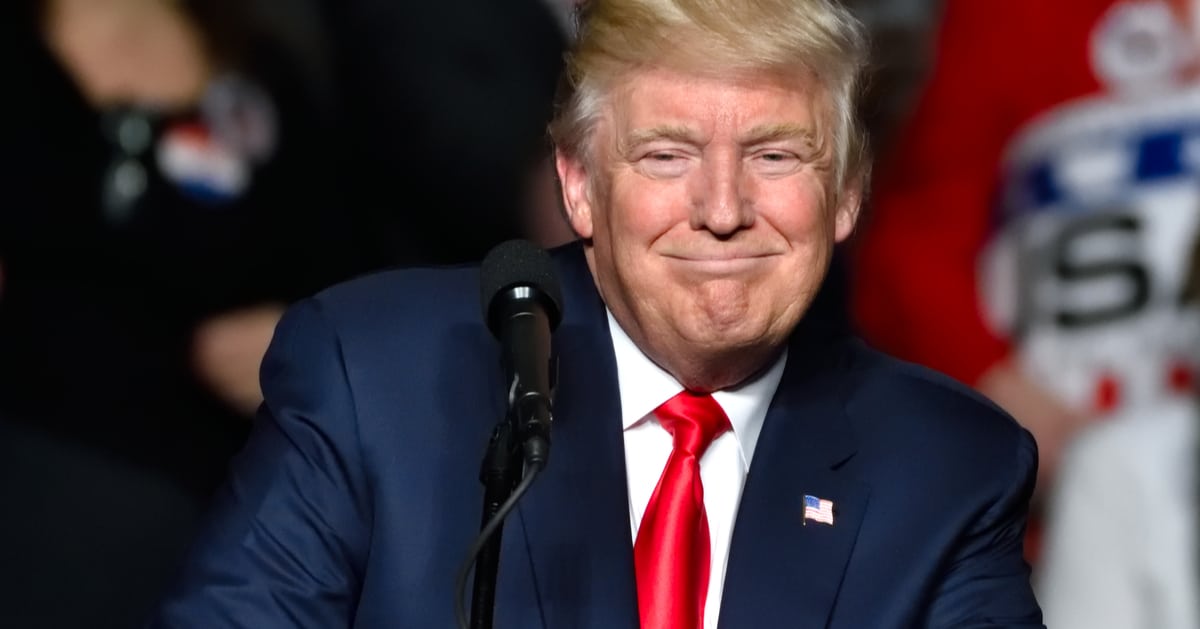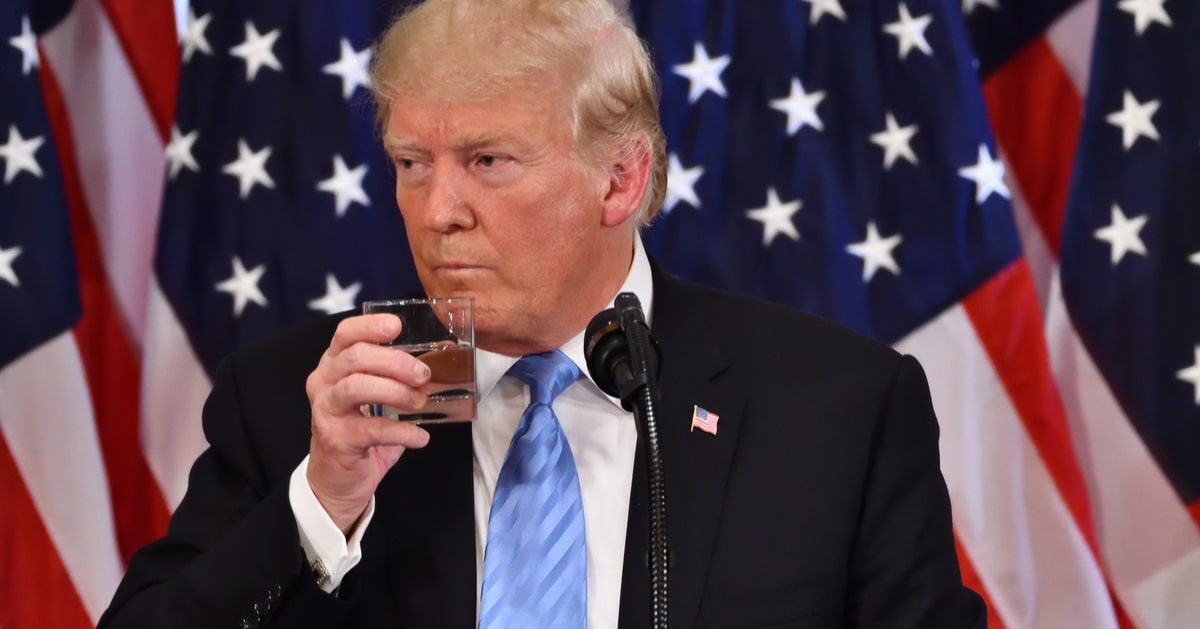



In a landmark ruling, the South Carolina Supreme Court has affirmed the constitutionality of using a firing squad as a method of execution.
The Epoch Times reported that the court ruled that the choice of execution by firing squad, alongside electrocution, does not breach the state’s constitutional limits against cruel and unusual punishment.
On July 31, the state's highest court overturned a lower court decision that had previously halted executions involving electrocution and firing squads, challenging their constitutionality.
This ruling stemmed from a 2021 law signed by Governor Henry McMaster that reinstated electrocution as the primary execution method while offering lethal injection and firing squad as alternatives.
The law was put to test after Richard Bernard Moore, a death row inmate, chose execution by firing squad. Moore's decision came in response to the unavailability of chemicals required for lethal injection, paired with his opposition to electrocution as a method of execution.
Justice John Few, writing for the majority, asserted that if an inmate selects it, a firing squad cannot be deemed cruel. He highlighted the voluntary nature of the choice available to inmates under the new law, which aims to make executions less inhumane through such innovative methods.
The protocols for the firing squad were developed in 2022, following the change in the primary execution method from lethal injection, which had been the standard since 1995. Despite its historical rarity, the court argued that the firing squad method was constitutionally permissible.
Chief Justice Donald Beatty, however, partly dissented, emphasizing his view that both electrocution and the firing squad constitute cruel and unusual punishments, thus contravening the state’s prohibition on such methods.
Justice John Kittredge, in a partial agreement with the majority, noted the unusualness of the firing squad, referencing its scarce use historically in the United States. Nonetheless, he recognized the firing squad as an execution method dating back to colonial America.
Despite this historical presence, South Carolina had never employed a firing squad for executions since its establishment in 1788, and only four other states currently allow this method.
Justice Few defended the method, stating that there was no evidence that South Carolinians had ever explicitly rejected the firing squad. He argued that the method did not violate the state Constitution’s ban on unusual punishments, as it was part of an effort to refine the execution process.
Moore, who faced execution, expressed his dilemma, stating that the decision forced him to choose between two methods he deemed unconstitutional. His case brought the debate to the forefront, challenging the very fabric of execution laws in South Carolina.
The court's decision ultimately facilitated the resumption of executions, reversing the pause instigated by ongoing legal reviews of the constitutionality of the method chosen by Moore.
Support for the ruling came from Governor McMaster, who lauded the decision for upholding lawful sentences and providing closure and justice to the families of victims. He emphasized that the ruling was a step towards enforcing the law and offering peace to those affected by violent crimes.
This case not only affects the future of capital punishment in South Carolina but also sets a significant judicial precedent regarding the methods of execution permissible under state and possibly federal law.
As this judicial decision reverberates through legal and civil rights communities, it underlines the ongoing national debate over the methods and morality of capital punishment in America.
In conclusion, the South Carolina Supreme Court's ruling marks a pivotal moment in the ongoing discussion about the constitutionality and humanity of various execution methods. It affirms the state's stance on capital punishment while opening the door for further legal challenges and debates.



